Basic Hydrology Apparatus
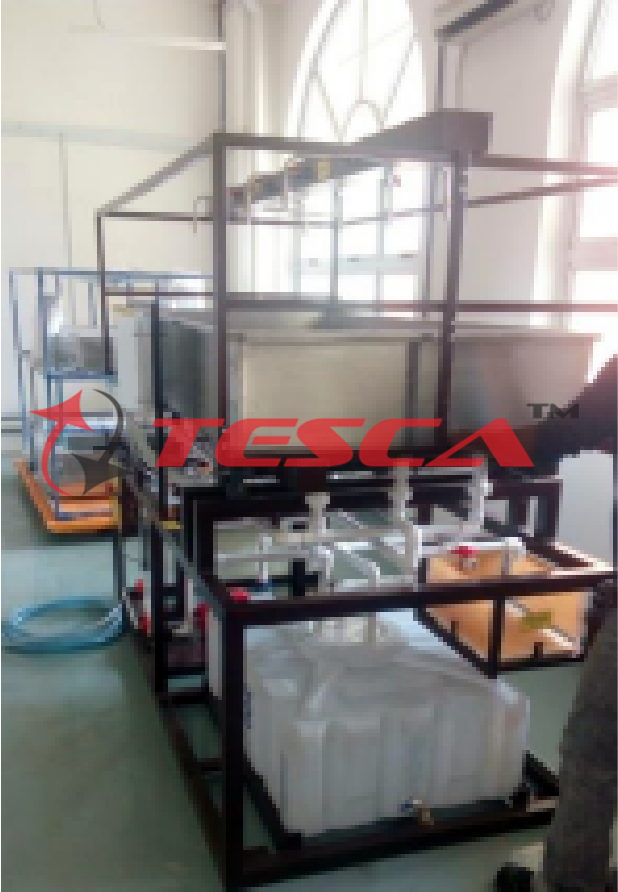
Order Code: 32040
Category: Fluid Mechanics Lab
Tesca Basic Hydrology Apparatus is a self contained unit for studying basic hydrology. It consists of a large stainless steel rectangular tank with adjustable tilting mechanism. The tank is filled with a granular medium. Two separate sets...
SPECIFICATION
Tesca Basic Hydrology Apparatus is a self contained unit for studying basic hydrology. It consists of a large stainless steel rectangular tank with adjustable tilting mechanism. The tank is filled with a granular medium. Two separate sets of four spray nozzles above the tank simulate rain fall on the catchments. The tank upper walls are transparent. Valve control of the nozzles varies the lag time on the hydrograph to simulate a moving storm. The compartments at each end of the tank are connected to the catchment area by wire mesh to allow flow between the compartment and the catchment. Two wells with valve control are also provided at the middle of the tank. Twenty pressure tappings along the orthogonal axes of the tank to measure water table profile by a manometer bank.
Technical Specifications:
Tank : Stainless steel 100W x 200D x 19H.
Inclination : 0-3%.
End compartments : 2 ea.
Wells : 2 ea.
Spray nozzles : 8 nozzles with separate shutoff valves.
Flow measurement
Rain water : Variable area flow meter.
Run off : Calibrated weir. .
Manometer : 8 Tube Manometer.
Upper walls : Clear acrylic. .
Accessories : - Rectangular ring, circular ring, confined aquifer, cylindrical pier.
Power supply : 220 V, 1 Ph, 50 Hz.
Experiment possibilities:
1. Investigation of rainfall/runoff relationships for dry, saturated and impermeable catchments of various slopes for surface runoff.
2. Effect of interflow on outflow hydrograph .
3. Simulation of multiple and moving storms.
4. Cone of depression for single well and interaction of cones of depression for two adjacent wells.
5. Dewatering of excavation sites by use of wells.
6. Flow from a well in a confined aquifer.
7. Demonstration of watersheds for a simulated island with rainfall and well flows.
8. Sediment transport and meanders in simulated rivers.
9. A metal frame supports the tank and houses a storage tank.
10. Water is drawn from the storage tank by a pump and separately supplied to the overhead nozzles and/or the two end compartments via a flow meter and pipings with valve control.
11. Run-off from the catchment is measured by a calibrated rectangular weir or returns directly to the storage tank

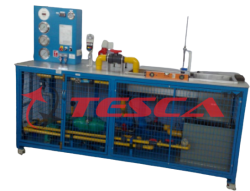
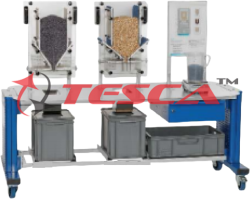
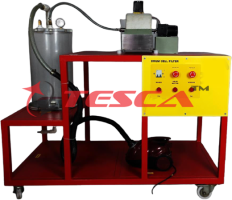
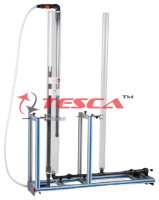
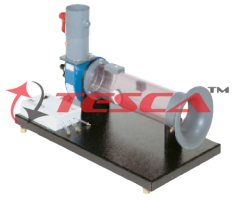
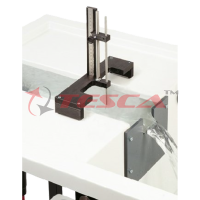
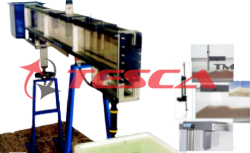
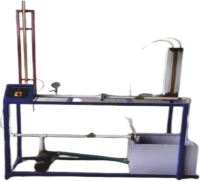
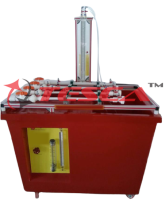

 91-9829132777
91-9829132777